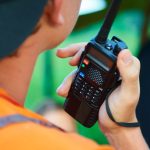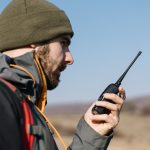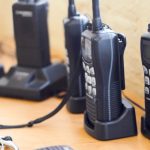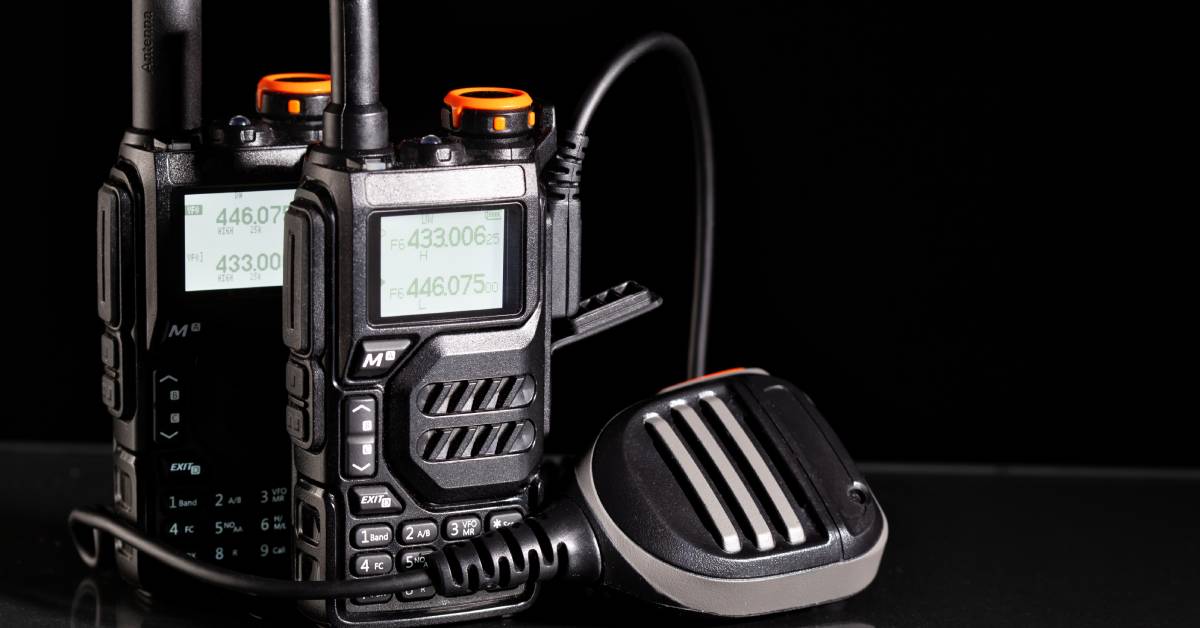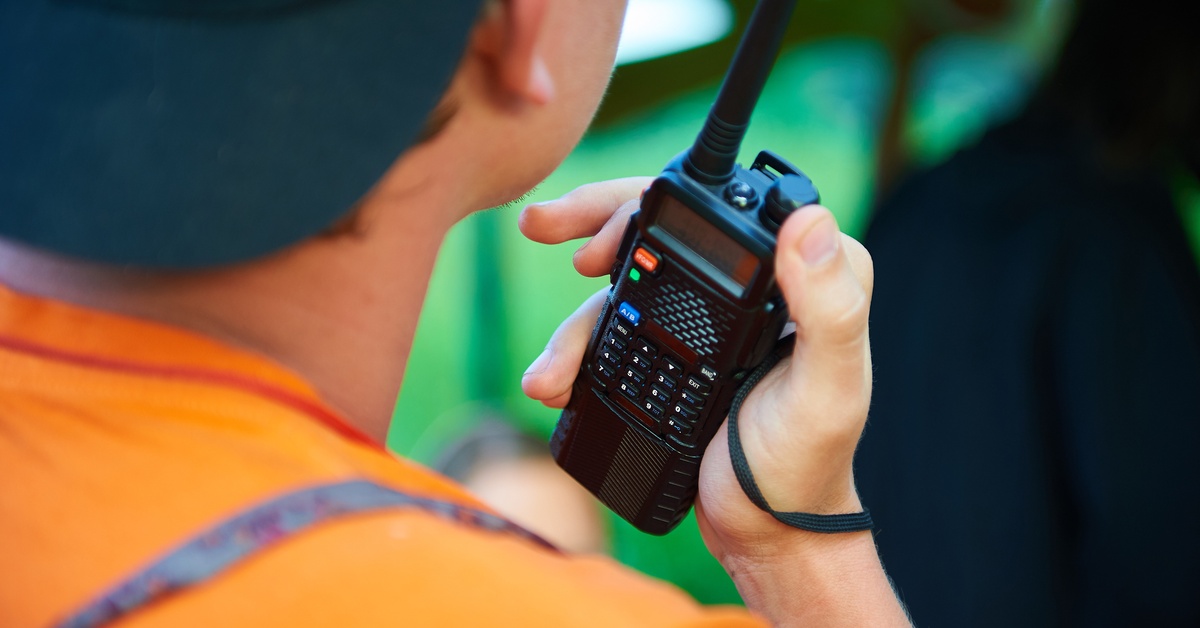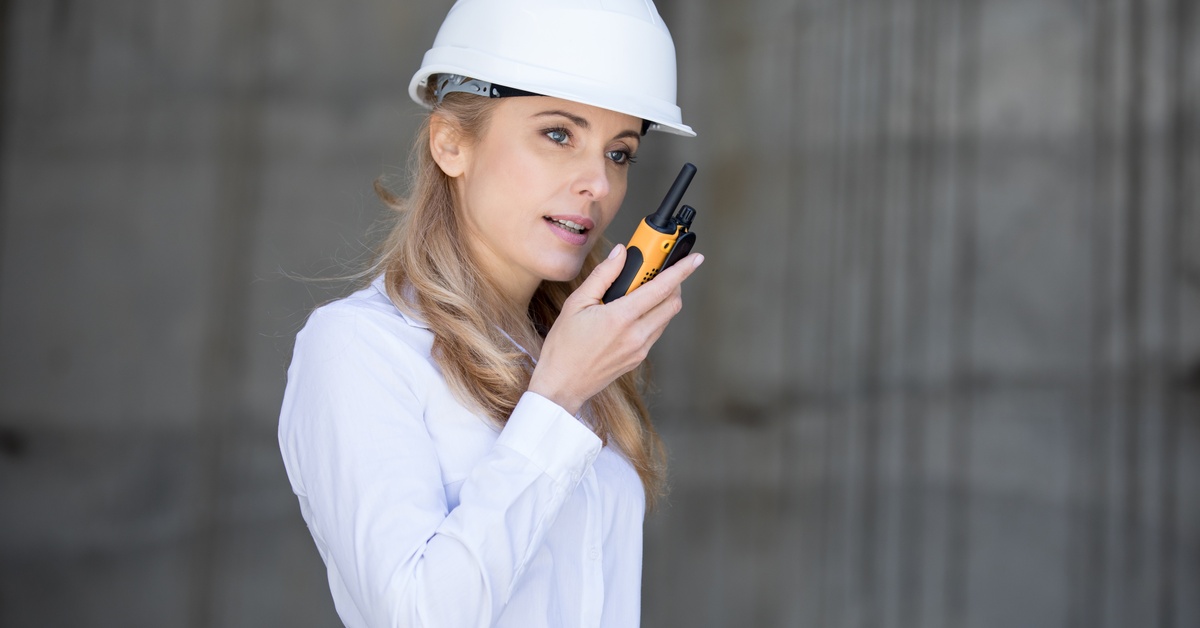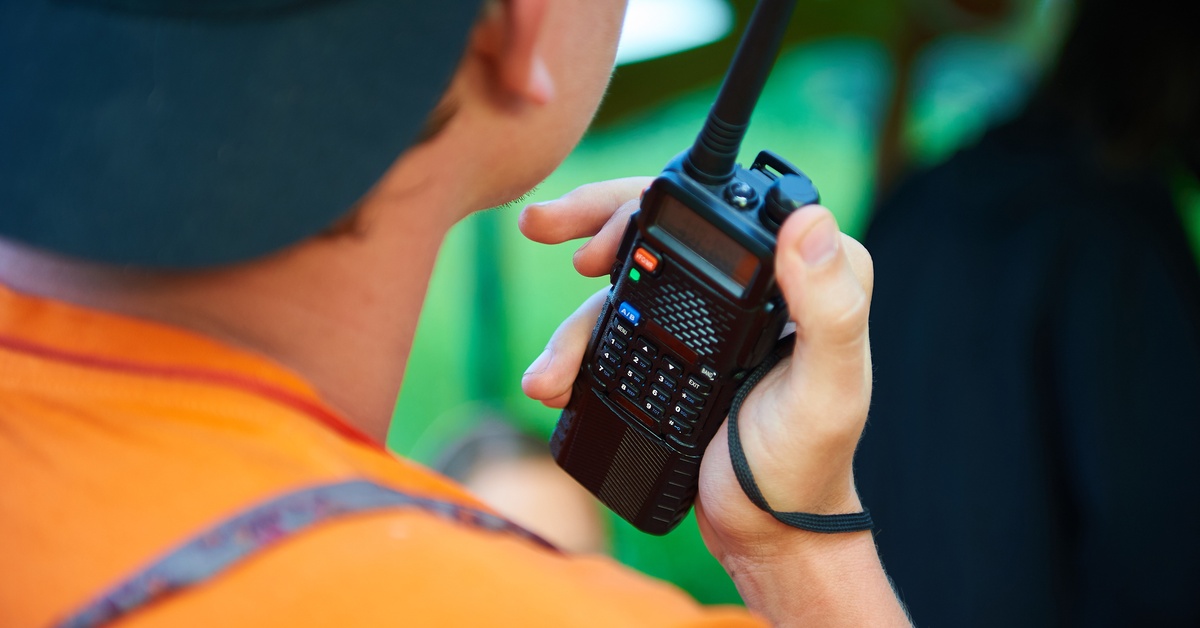Two-way radios are indispensable tools for police, military, and fire departments. These devices keep personnel connected during critical operations, ensuring smooth communication and safety.
However, one recurring issue with two-way radios is battery life. When the battery dies unexpectedly, it can compromise operations and endanger lives. Understanding the reasons your two-way radio battery is dying is essential when seeking to improve the reliability of your communication tools.
1. Overcharging the Battery
Overcharging is a common cause of reduced battery life. When users leave their radios or batteries plugged into chargers long after they reach 100% charge, the battery cells can degrade.
Most modern two-way radios come with charging systems designed to prevent overcharging, but relying on these safeguards isn’t foolproof. Over time, the continuous charging cycles can lead to overheating, reducing the battery’s capacity to hold a charge.
To avoid overcharging, encourage personnel to remove batteries from chargers as soon as they are fully charged. For larger departments, consider implementing a battery rotation system so that each battery receives adequate charging and rest periods. Properly maintaining charging stations and using only approved chargers for your specific radio model can also prevent overcharging issues.
2. Improper Storage Practices
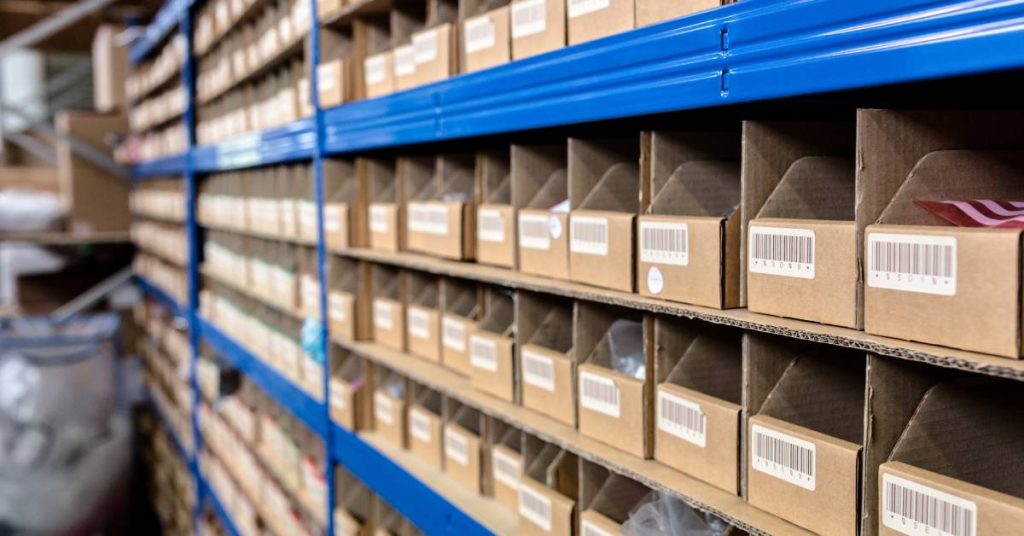
Improper storage can significantly shorten a two-way radio battery’s lifespan. Batteries stored in extreme temperatures, whether too hot or too cold, can experience chemical imbalances.
For example, storing batteries in a hot vehicle or an unregulated warehouse can cause permanent damage. Similarly, freezing conditions can render batteries unable to hold a charge.
To maximize battery life, store batteries in a cool, dry place when not in use. Ideally, the storage temperature should range between 20°C to 25°C (68°F to 77°F).
If your team operates in harsh environments, invest in ruggedized battery models designed to withstand extreme conditions. Always check manufacturer guidelines for storage recommendations to avoid premature wear and tear.
3. Using Non-Approved Accessories
Using third-party chargers, cables, or battery packs can lead to faster degradation of your radio battery. These non-approved accessories often lack the necessary compatibility and safety features designed for your specific two-way radio model. Incompatible chargers can supply incorrect voltage or amperage, causing overheating and permanent battery damage.
To extend your battery’s life, always use manufacturer-approved accessories. For instance, if your department uses Motorola radios, only use chargers and batteries designed for those models. This careful approach helps preserve battery health and ensures the radio operates at peak efficiency during critical moments.
4. Excessive Usage Without Breaks
Constant use of two-way radios without giving them breaks can drain the battery rapidly. Features like continuous transmission, high power settings, or using add-ons such as GPS and Bluetooth consume significant energy. The more your radio operates under heavy usage, the faster its battery will wear down.
To reduce the strain on your battery, train personnel to use energy-saving practices. For example, encourage shorter transmissions and lower power settings whenever possible. Departments can also invest in high-capacity batteries or backup batteries to ensure uninterrupted operations during extended shifts.
5. Aging Batteries
Every battery has a finite lifespan. Even with the best care, two-way radio batteries lose their capacity over time. For lithium-ion batteries, this decline typically begins after about 300 to 500 charge cycles. Signs of an aging battery include shorter usage times between charges and difficulty holding a full charge.
Replacing aging batteries is a crucial part of maintaining operational readiness. Establish a routine inspection schedule to identify batteries nearing the end of their life. Proactively replacing older batteries helps personnel avoid using unreliable communication tools during critical moments.
6. Failure To Follow Maintenance Practices
Neglecting regular maintenance is another reason your two-way radio battery is dying prematurely. Dust, debris, and corrosion on battery contacts can reduce efficiency and cause connectivity issues between the battery and the radio. Additionally, failing to check for physical damage, such as cracks or leaks, can lead to hazardous situations.
Implementing regular battery maintenance protocols is essential. First, clean the battery contacts with a soft cloth or an alcohol wipe to remove dirt and corrosion. Next, inspect the batteries for signs of damage and replace them immediately if you find any problems.
Maintenance routines help prevent unexpected failures and prolong battery lifespan. Choosing high-performance two-way radios with quality batteries is another way to reduce your equipment’s degradation.
7. Incorrect Charging Habits
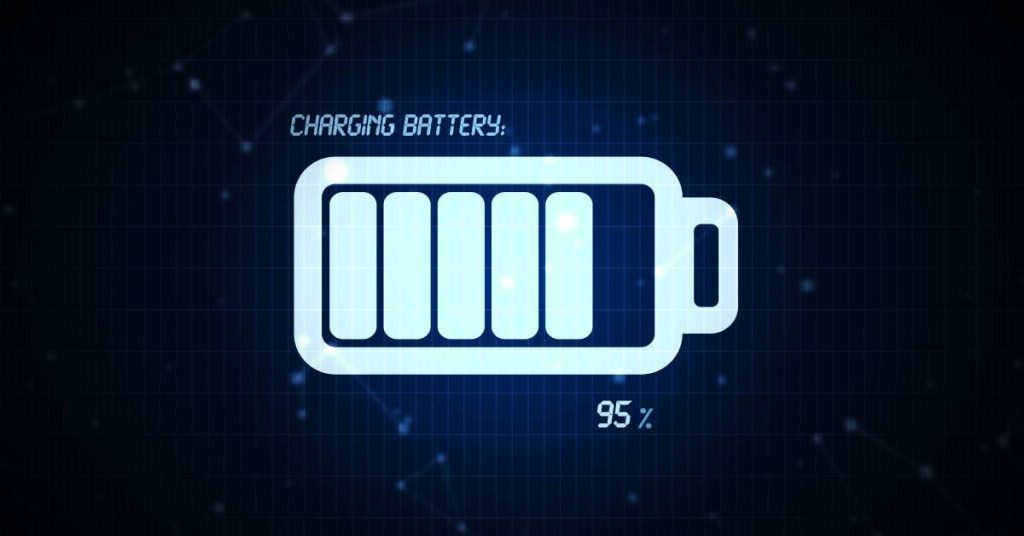
Charging habits play a significant role in battery longevity. Frequently charging a partially drained battery, also known as shallow charging, can lead to battery memory issues.
This phenomenon reduces the battery’s effective capacity over time. Conversely, letting the battery drain completely before charging can also cause harm, especially for lithium-ion batteries.
Instruct your personnel to adopt optimal charging habits that preserve battery life. Ideally, charge your battery when it reaches about 20% to 30% capacity and unplug it once it has a full charge.
Avoid leaving batteries in the charger overnight, as this can lead to overheating and reduced efficiency. Training personnel on proper charging techniques can prevent many battery-related problems.
8. Environmental Factors
The operational environment significantly impacts battery performance. High humidity levels can cause condensation, leading to short circuits and corrosion. Similarly, radios used in areas with strong electromagnetic interference (EMI) may experience higher energy consumption as the device works harder to maintain clear communication.
To mitigate environmental effects, choose radios and batteries designed for your location’s conditions. Waterproof and EMI-resistant models are excellent options for demanding environments. Additionally, train personnel to handle and store radios properly to minimize exposure to damaging conditions.
Battery Distributors: Avoid the Causes of Two-Way Radio Death
Understanding the causes of two-way radio death can save your department time, money, and unnecessary stress. Issues such as overcharging, improper storage, and using non-approved accessories all contribute to battery degradation. By adopting proper care and usage practices, you can extend the lifespan of your radio batteries and maintain uninterrupted communication during critical operations.
If your department experiences recurring battery issues, consider assessing your current practices and replacing aging or incompatible batteries. For example, departments using Motorola radios might explore a Motorola APX 7000 battery replacement option to enhance performance.
Ensuring reliable battery performance isn’t just a matter of convenience but a vital component of operational readiness and safety. Visit Battery Distributors to find a solution to all your battery needs and give your personnel the best tools on the market.



